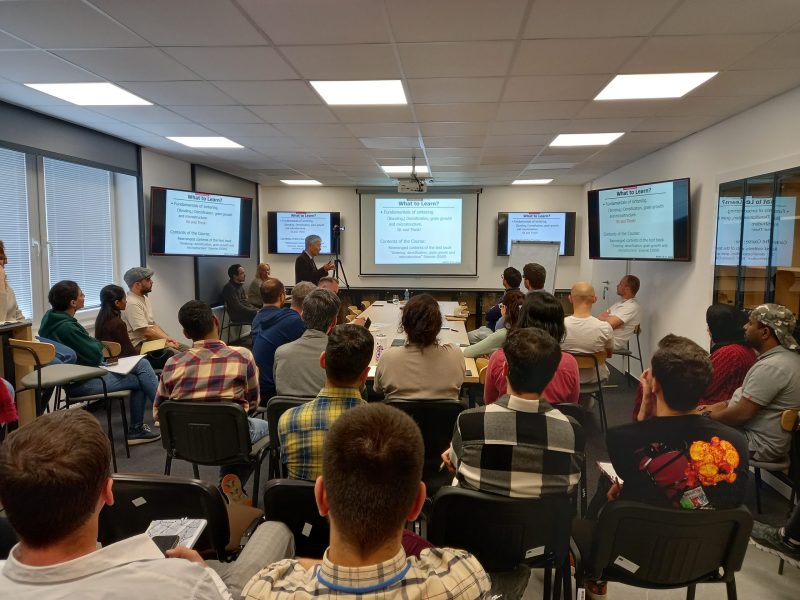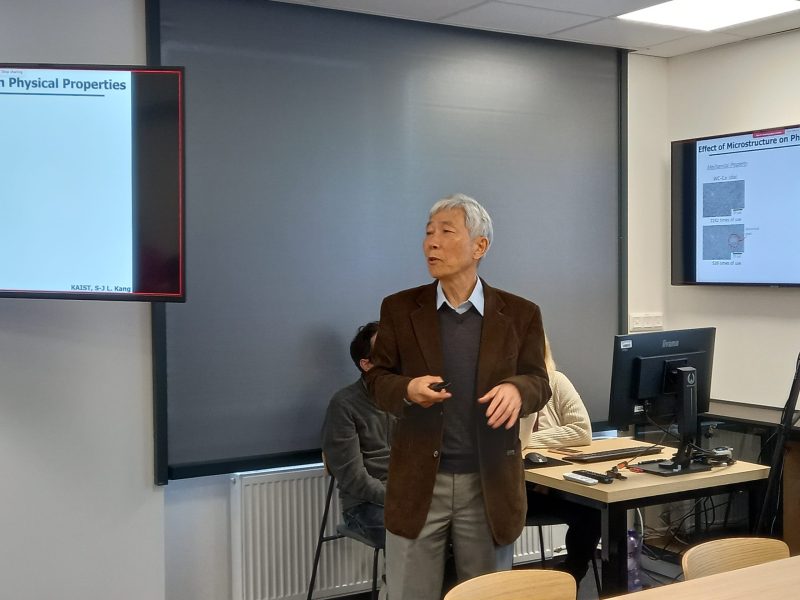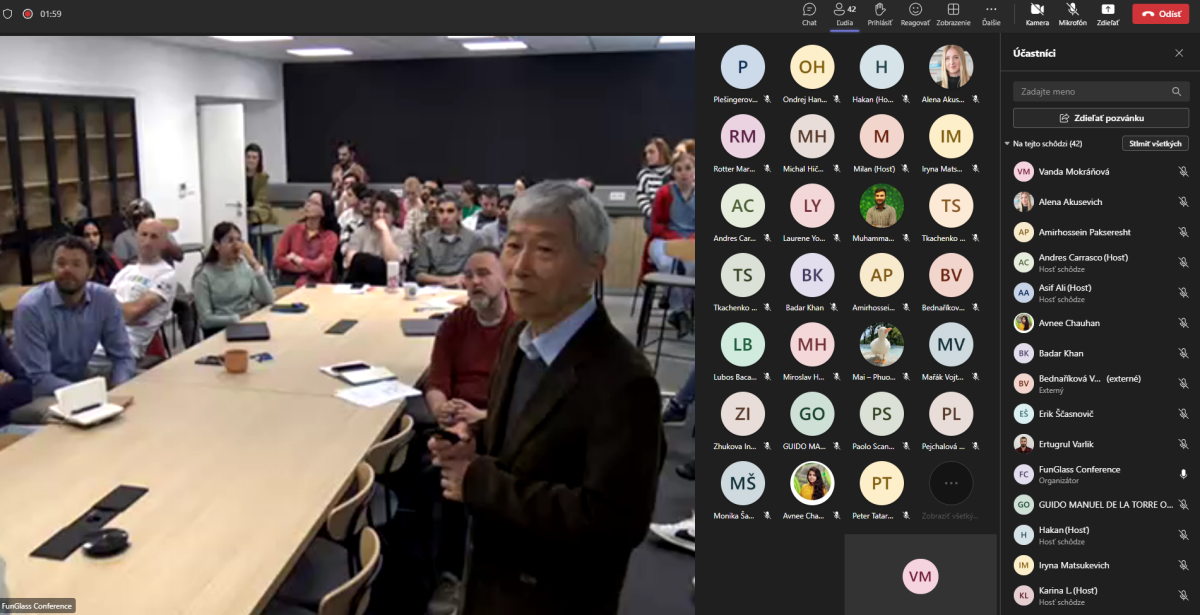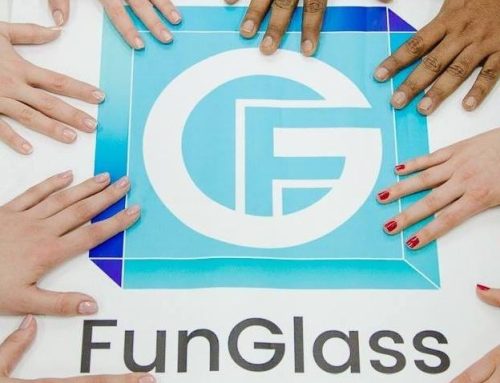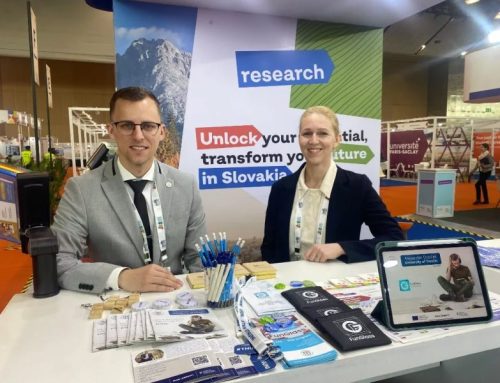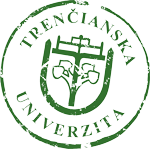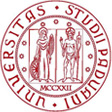Exploring the World of Sintering: Insights from Professor Suk-Joong L. Kang
It was our great pleasure to host an exceptional guest – Professor Suk-Joong L. Kang. He stayed at Funglass from April 15 to May 15, 2024 and gave us a series of lectures titled Lectures On Sintering: Densification, Grain Growth, And Microstructure.
Part I. Basis of Sintering Science
- Brief description of sintering processes and their parameters
- Interfacial energy and driving force of sintering
- Sintering and polycrystalline microstructure
Part II. Bonding and Densification
- Solid state sintering (SSS) Models and Densification
- Liquid phase sintering (LPS) Models and Densification
Part III. Grain Growth and Microstructural Evolution
- Liquid phase sintering
- Solid state sintering
Part IV. Supplementary subjects
- Sintering of ionic compounds
- Diffusion induced grain-boundary migration
- Discussion on potential strategies for full densification
It was possible to visit them in person or watch them online.
Professor Suk-Joong L. Kang is Professor Emeritus of the Department of Materials Science and Engineering, Korea Institute of Advanced Science and Technology. Before joining KICET in 2015, he was a Distinguished Professor in the Department of MSE at KAIST. He also served as a Visiting Professor at the Stuttgart Max-Plank-Institut, at Samsung Electromechanics, at the University of New South Wales, and at the University of Tokyo.
Prof. Kang has published more than 300 papers on sintering and microstructural evolution in ceramics and metals. He is the author of the text Sintering: Densification, Grain Growth and Microstructure, published in 2005. He developed the “Pore Filling Theory” of liquid phase sintering. Since the late 1990’s, Dr. Kang has particularly contributed to the understanding of microstructural evolution by structural transition and defect formation at interfaces. He introduced the concept of the mixed control of boundary migration, and deduced the principle of microstructural evolution.
These webinars were organized as part of the dissemination activities under the Horizon Europe project – CLiCAM and GlaCerHub.
